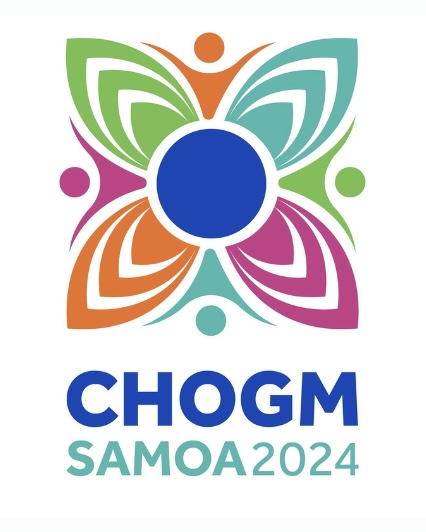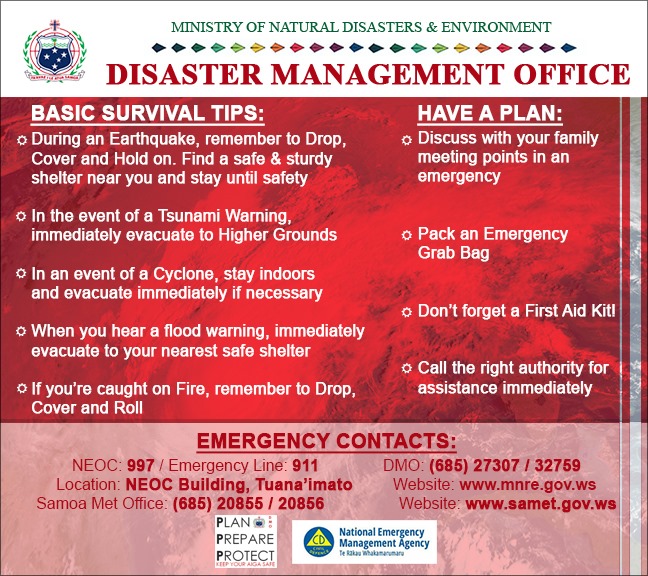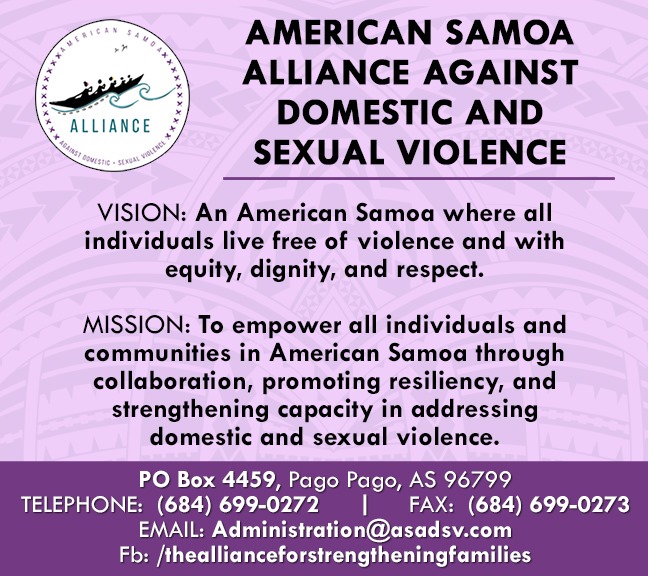Environment
MNRE Looks to Vetiver Grass as Solution to Flooding & Landslides
APIA, SAMOA – 16 JUNE 2020: The Ministry of Natural Resources and Environment (MNRE) is embarking on a Reach 2 Reef (R2R) Project to address flooding and landslides as two of the most common disasters that affect many families.
R2R project revolves around growing the Vetiver Grass (Chrysopogon zizanioides L.), a tropical clumping type grass along river embankments and areas prone to landslides and the grass’s deep root system are ideal for holding the soil.
R2R Project Manager, Fata Niuala Maalolo said the grass has been researched and has been confirmed that it not only adapts easily to any environment, but has the potential to hold the soil together and stop erosion.
“When the R2R project was established under the Apia Water Catchment project, we decided to use it at the Fagalii village sub-catchment to trial out vetiver grass on its riverbanks,” said Fata.
Vetiver grass is a fast-growing, deep-rooted plant that has been used internationally as a low-cost, environmentally-friendly alternative to traditional ‘hard’ engineering solutions. The grass is the foundation of the Vetiver System (VS), researched and sustainable method of addressing agricultural, infrastructure, and environmental management challenges.
Vetiver grass is native to India. From the mid-1980s the World Bank encouraged research into uses of the plant; to enable Asian tropical and semi-tropical developing nations to address agriculture and infrastructure challenges. Closer to Samoa, it is now used in the Cook Islands and Fiji.
The root system of the grass grows 3 to 4 meter down and it is also good at absorbing water, said Fata.
It can be grown anywhere to hold the soil to prevent landslides, furthermore, it can also be planted beside the coastal areas to help stop the sea washing inland.
For years Government has spent millions on building seawalls and they hope by the next 5 to 6 months, they will know the full potential of vetiver grass.
“We now look at a soft solution which is cheaper and easy to maintain,” said Fata.
He said the vetiver grass could save money to fund other projects.
For Fagalii, when it’s high tide, the sea flows inland and connects with the river flowing from the hilltop then overflow onto dry land.
Planting vetiver grass alongside the riverbanks help absorb the overflow water from reaching dryland. The whole area put aside for the Fagalii project is 1024 hectares from the coastal area towards the hill top.
Fata said 80% of the soil is washed away during flooding and landslides but there is a possibility that vetiver grass will greatly help to reverse this.
History of Vetiver Grass in Samoa
The grass was brought to Samoa from Fiji by landscaper Fiona Uli’s uncle many years ago, but it was her grandfather Tuala Taimalelagai Leuso Mckenzie who planted and trialled it at Sa’afatoa, Lefaga. They also gave vetiver grass the Samoan name of Leusovai.
“The idea was to enhance the ground for farming,” Fiona said.
However, because their house is down the hill from the road and when it rains, the water and all the debris is washed through their place leaving most of the area bare.
So we planted the grass across their fence and realised that it really helped stop the water and soil erosion.
I thought of the flooding and landslide and it gave me an idea to introduce the vetiver grass to MNRE and in 2010, the Scientific Research Organisation Samoa (SROS) did tests on it to see that it has no negative impact on people or animals.
She has been using the grass in her landscaping projects until MNRE decided to trial it out at Fagalii village after given the green light by SROS.
Fiona is now using the grass extensively in her landscaping projects.





















